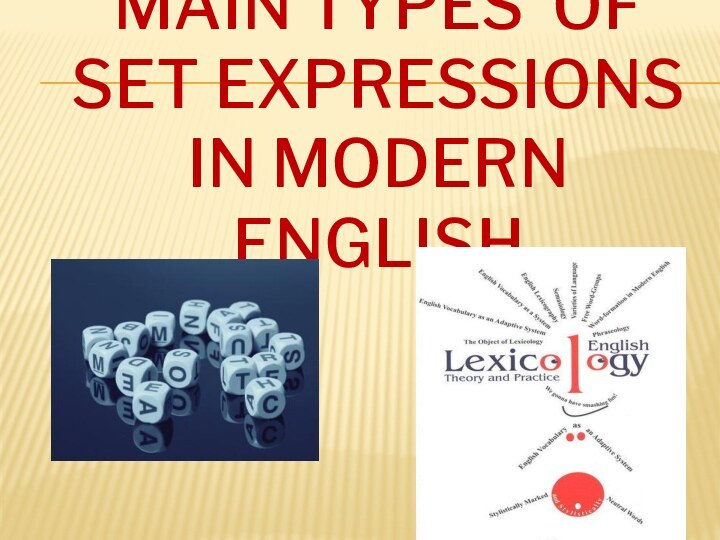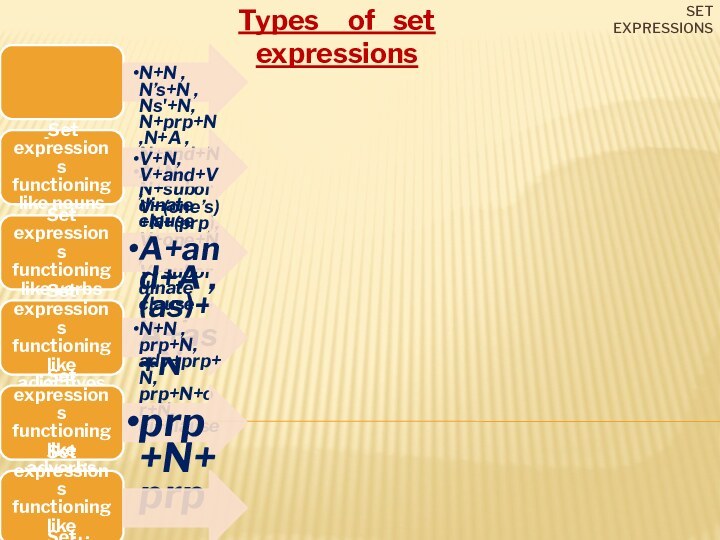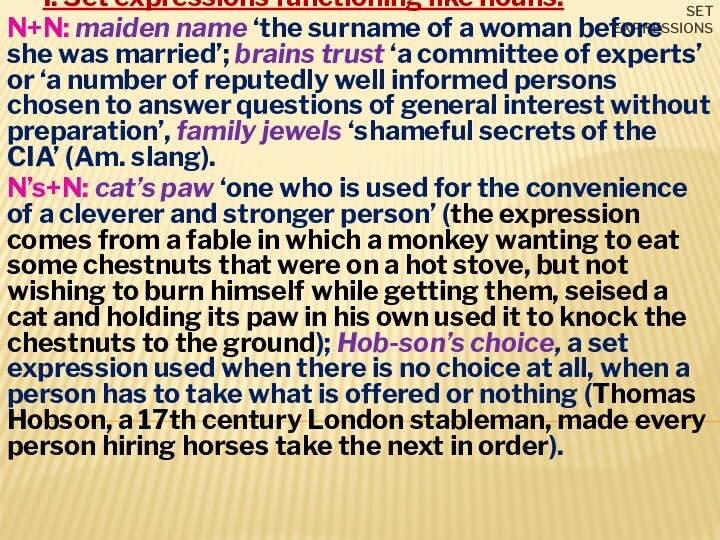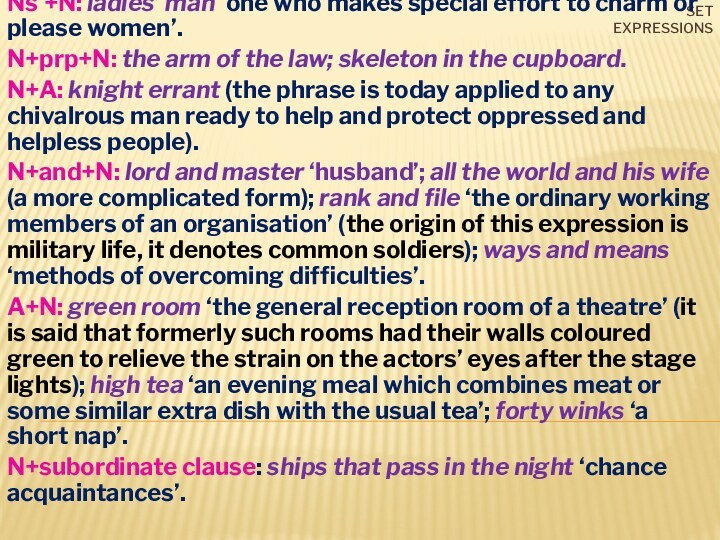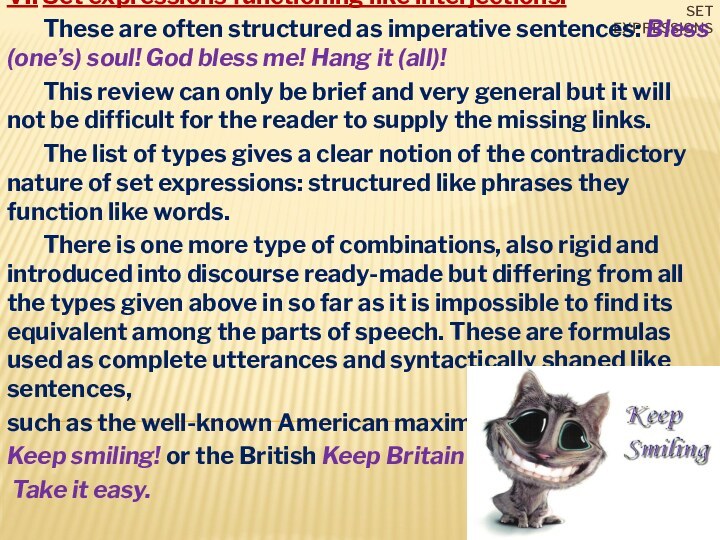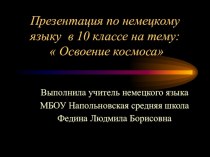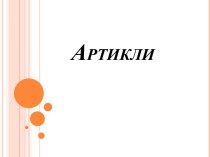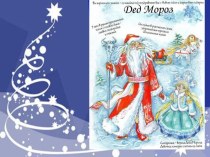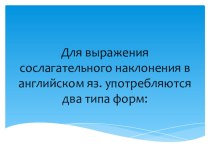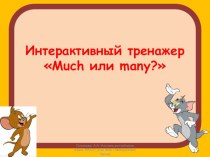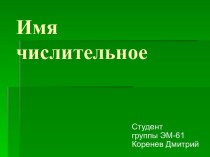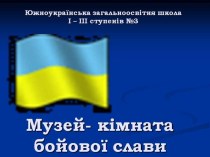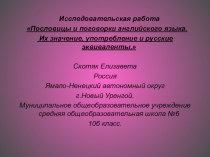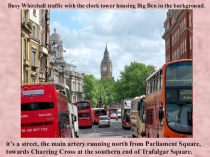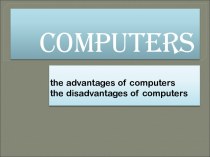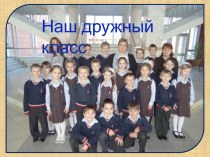Слайд 2
Set expressions
The word "phraseology“ has very different meanings
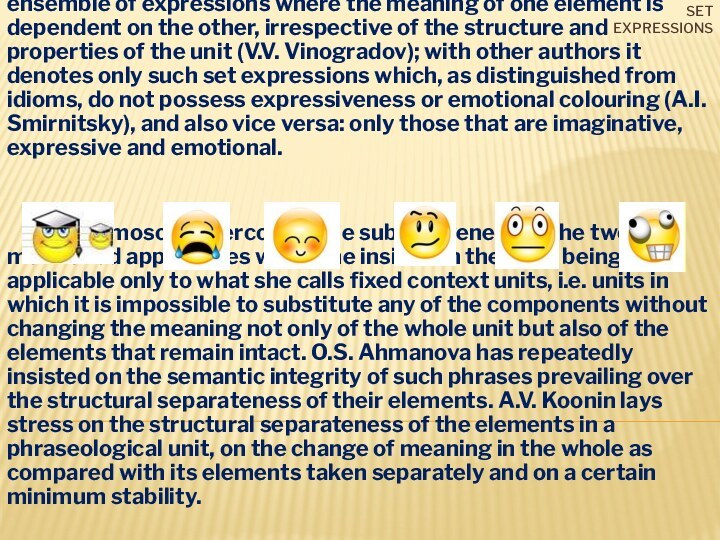
in this country and in Great Britain or the
United States. In Soviet linguistic literature the term has come to be used for the whole ensemble of expressions where the meaning of one element is dependent on the other, irrespective of the structure and properties of the unit (V.V. Vinogradov); with other authors it denotes only such set expressions which, as distinguished from idioms, do not possess expressiveness or emotional colouring (A.I. Smirnitsky), and also vice versa: only those that are imaginative, expressive and emotional.
N.N. Amosova overcomes the subjectiveness of the two last mentioned approaches when she insists on the term being applicable only to what she calls fixed context units, i.e. units in which it is impossible to substitute any of the components without changing the meaning not only of the whole unit but also of the elements that remain intact. O.S. Ahmanova has repeatedly insisted on the semantic integrity of such phrases prevailing over the structural separateness of their elements. A.V. Koonin lays stress on the structural separateness of the elements in a phraseological unit, on the change of meaning in the whole as compared with its elements taken separately and on a certain minimum stability.
Слайд 3
Set expressions
*All these authors use the same word
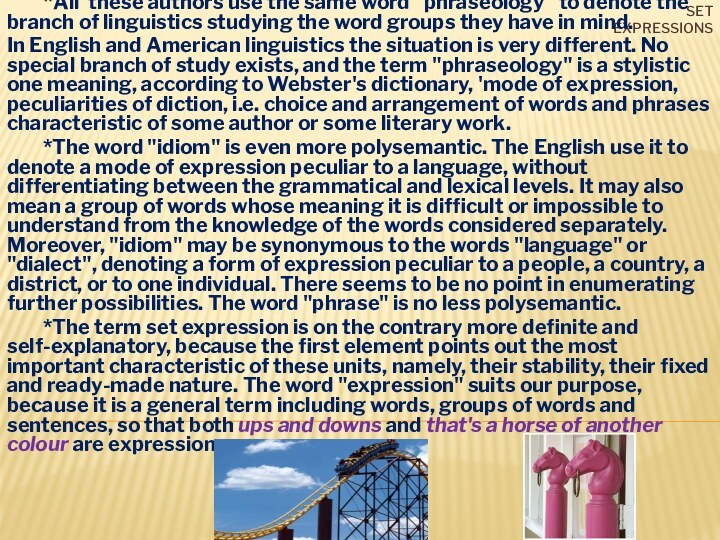
"phraseology" to denote the branch of linguistics studying the
word groups they have in mind.
In English and American linguistics the situation is very different. No special branch of study exists, and the term "phraseology" is a stylistic one meaning, according to Webster's dictionary, 'mode of expression, peculiarities of diction, i.e. choice and arrangement of words and phrases characteristic of some author or some literary work.
*The word "idiom" is even more polysemantic. The English use it to denote a mode of expression peculiar to a language, without differentiating between the grammatical and lexical levels. It may also mean a group of words whose meaning it is difficult or impossible to understand from the knowledge of the words considered separately. Moreover, "idiom" may be synonymous to the words "language" or "dialect", denoting a form of expression peculiar to a people, a country, a district, or to one individual. There seems to be no point in enumerating further possibilities. The word "phrase" is no less polysemantic.
*The term set expression is on the contrary more definite and self-explanatory, because the first element points out the most important characteristic of these units, namely, their stability, their fixed and ready-made nature. The word "expression" suits our purpose, because it is a general term including words, groups of words and sentences, so that both ups and downs and that's a horse of another colour are expressions.
Слайд 4
Set expressions
Set expressions have sometimes been called "word
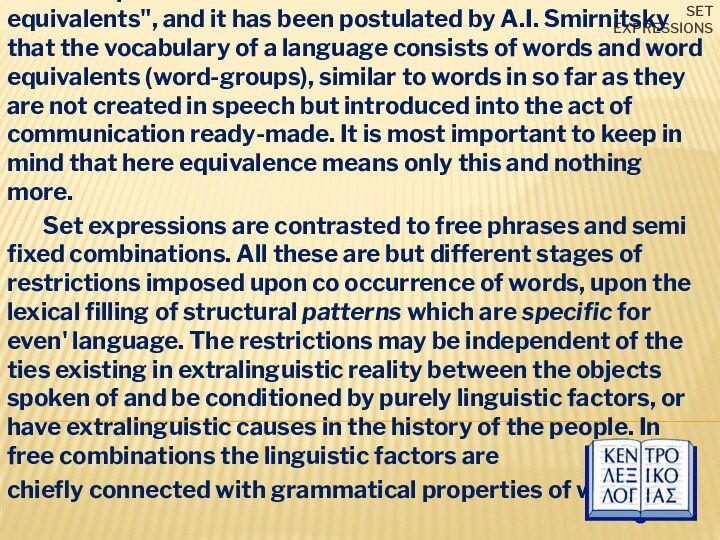
equivalents", and it has been postulated by A.I. Smirnitsky
that the vocabulary of a language consists of words and word equivalents (word-groups), similar to words in so far as they are not created in speech but introduced into the act of communication ready-made. It is most important to keep in mind that here equivalence means only this and nothing more.
Set expressions are contrasted to free phrases and semi fixed combinations. All these are but different stages of restrictions imposed upon co occurrence of words, upon the lexical filling of structural patterns which are specific for even' language. The restrictions may be independent of the ties existing in extralinguistic reality between the objects spoken of and be conditioned by purely linguistic factors, or have extralinguistic causes in the history of the people. In free combinations the linguistic factors are
chiefly connected with grammatical properties of words.
Слайд 5
Set expressions
If substitution is only pronominal, or restricted
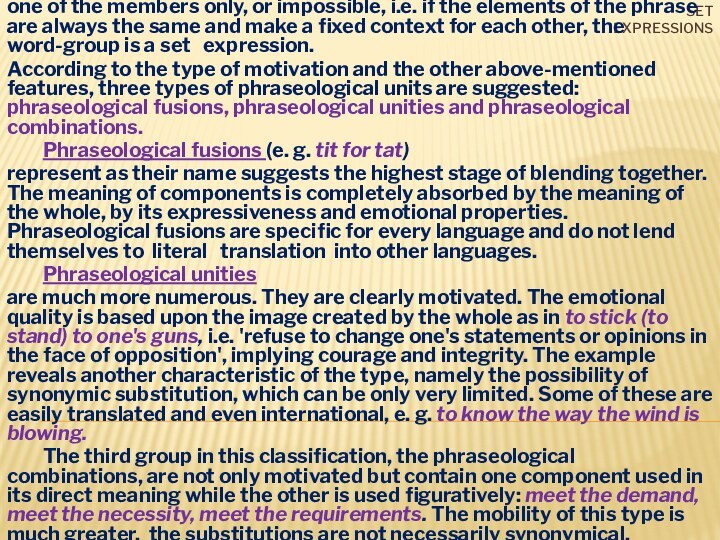
to a few synonyms for one of the members
only, or impossible, i.e. if the elements of the phrase are always the same and make a fixed context for each other, the word-group is a set expression.
According to the type of motivation and the other above-mentioned features, three types of phraseological units are suggested: phraseological fusions, phraseological unities and phraseological combinations.
Phraseological fusions (e. g. tit for tat)
represent as their name suggests the highest stage of blending together. The meaning of components is completely absorbed by the meaning of the whole, by its expressiveness and emotional properties. Phraseological fusions are specific for every language and do not lend themselves to literal translation into other languages.
Phraseological unities
are much more numerous. They are clearly motivated. The emotional quality is based upon the image created by the whole as in to stick (to stand) to one's guns, i.e. 'refuse to change one's statements or opinions in the face of opposition', implying courage and integrity. The example reveals another characteristic of the type, namely the possibility of synonymic substitution, which can be only very limited. Some of these are easily translated and even international, e. g. to know the way the wind is blowing.
The third group in this classification, the phraseological combinations, are not only motivated but contain one component used in its direct meaning while the other is used figuratively: meet the demand, meet the necessity, meet the requirements. The mobility of this type is much greater, the substitutions are not necessarily synonymical.
Слайд 6
Set expressions
It has been pointed out by N.N.
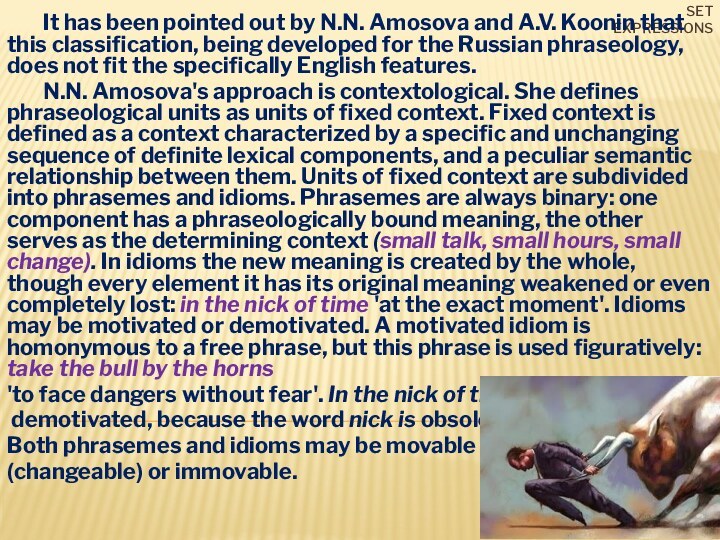
Amosova and A.V. Koonin that this classification, being developed
for the Russian phraseology, does not fit the specifically English features.
N.N. Amosova's approach is contextological. She defines phraseological units as units of fixed context. Fixed context is defined as a context characterized by a specific and unchanging sequence of definite lexical components, and a peculiar semantic relationship between them. Units of fixed context are subdivided into phrasemes and idioms. Phrasemes are always binary: one component has a phraseologically bound meaning, the other serves as the determining context (small talk, small hours, small change). In idioms the new meaning is created by the whole, though every element it has its original meaning weakened or even completely lost: in the nick of time 'at the exact moment'. Idioms may be motivated or demotivated. A motivated idiom is homonymous to a free phrase, but this phrase is used figuratively: take the bull by the horns
'to face dangers without fear'. In the nick of time is
demotivated, because the word nick is obsolete.
Both phrasemes and idioms may be movable
(changeable) or immovable.
Слайд 7
Set expressions
An interesting and clear-cut modification of V.V.
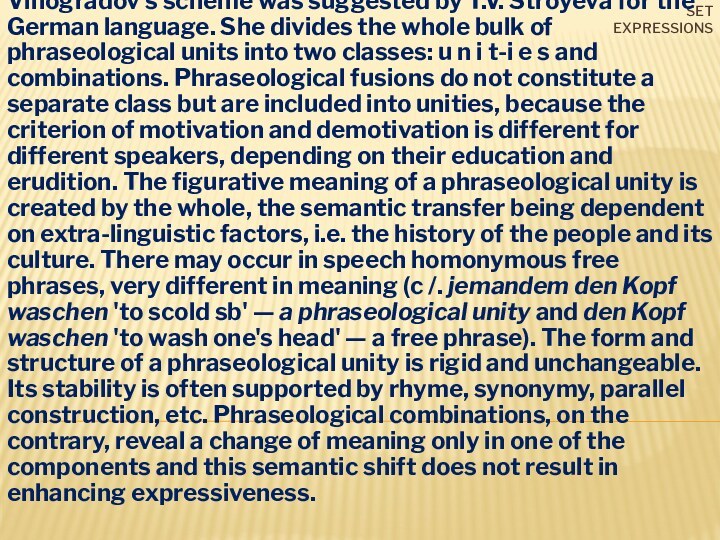
Vinogradov's scheme was suggested by T.V. Stroyeva for the
German language. She divides the whole bulk of phraseological units into two classes: u n i t-i e s and combinations. Phraseological fusions do not constitute a separate class but are included into unities, because the criterion of motivation and demotivation is different for different speakers, depending on their education and erudition. The figurative meaning of a phraseological unity is created by the whole, the semantic transfer being dependent on extra-linguistic factors, i.e. the history of the people and its culture. There may occur in speech homonymous free phrases, very different in meaning (c /. jemandem den Kopf waschen 'to scold sb' — a phraseological unity and den Kopf waschen 'to wash one's head' — a free phrase). The form and structure of a phraseological unity is rigid and unchangeable. Its stability is often supported by rhyme, synonymy, parallel construction, etc. Phraseological combinations, on the contrary, reveal a change of meaning only in one of the components and this semantic shift does not result in enhancing expressiveness.
Слайд 8
Set expressions
A.V. Koonin is interested both in discussing
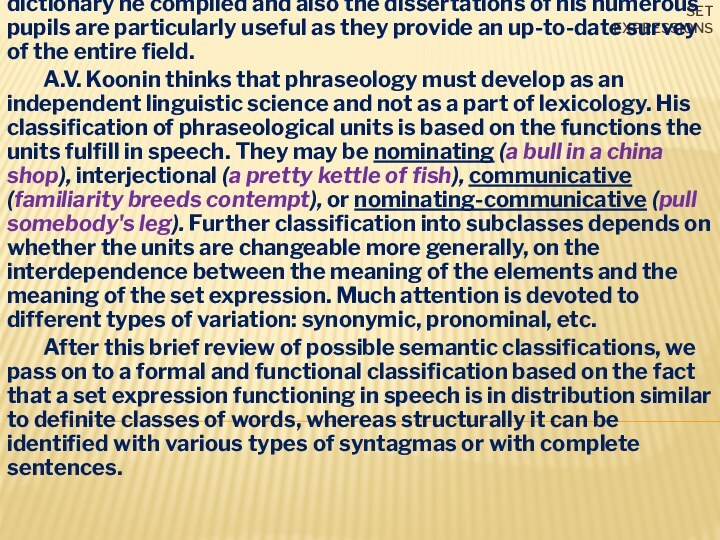
fundamentals and in investigating special problems. His books, and
especially the dictionary he compiled and also the dissertations of his numerous pupils are particularly useful as they provide an up-to-date survey of the entire field.
A.V. Koonin thinks that phraseology must develop as an independent linguistic science and not as a part of lexicology. His classification of phraseological units is based on the functions the units fulfill in speech. They may be nominating (a bull in a china shop), interjectional (a pretty kettle of fish), communicative (familiarity breeds contempt), or nominating-communicative (pull somebody's leg). Further classification into subclasses depends on whether the units are changeable more generally, on the interdependence between the meaning of the elements and the meaning of the set expression. Much attention is devoted to different types of variation: synonymic, pronominal, etc.
After this brief review of possible semantic classifications, we pass on to a formal and functional classification based on the fact that a set expression functioning in speech is in distribution similar to definite classes of words, whereas structurally it can be identified with various types of syntagmas or with complete sentences.
Слайд 9
Set expressions
We shall distinguish set expressions that are
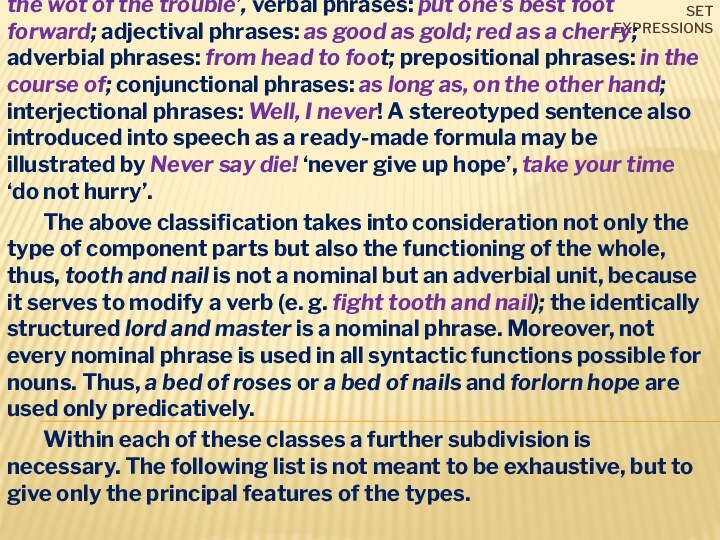
nominal phrases: the wot of the trouble’, verbal phrases:
put one’s best foot forward; adjectival phrases: as good as gold; red as a cherry; adverbial phrases: from head to foot; prepositional phrases: in the course of; conjunctional phrases: as long as, on the other hand; interjectional phrases: Well, I never! A stereotyped sentence also introduced into speech as a ready-made formula may be illustrated by Never say die! ‘never give up hope’, take your time ‘do not hurry’.
The above classification takes into consideration not only the type of component parts but also the functioning of the whole, thus, tooth and nail is not a nominal but an adverbial unit, because it serves to modify a verb (e. g. fight tooth and nail); the identically structured lord and master is a nominal phrase. Moreover, not every nominal phrase is used in all syntactic functions possible for nouns. Thus, a bed of roses or a bed of nails and forlorn hope are used only predicatively.
Within each of these classes a further subdivision is necessary. The following list is not meant to be exhaustive, but to give only the principal features of the types.
Слайд 10
Set expressions
The number of works of our linguists
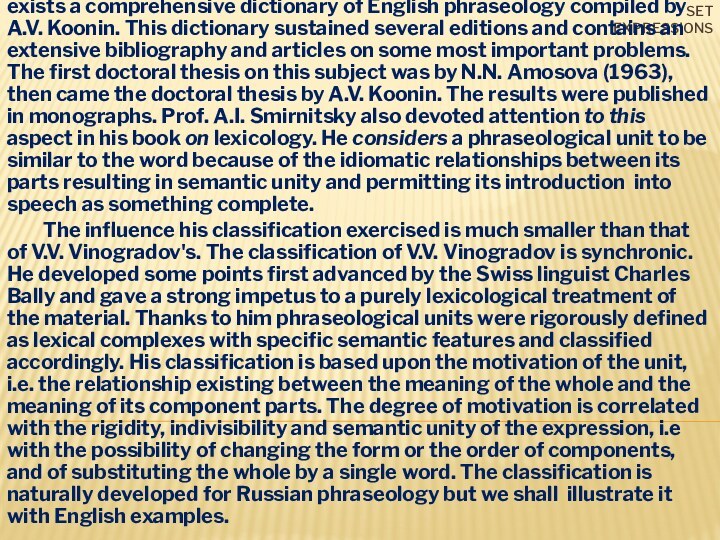
devoted to phraseology is so great that it is
impossible to enumerate them; suffice it to say that there exists a comprehensive dictionary of English phraseology compiled by A.V. Koonin. This dictionary sustained several editions and contains an extensive bibliography and articles on some most important problems. The first doctoral thesis on this subject was by N.N. Amosova (1963), then came the doctoral thesis by A.V. Koonin. The results were published in monographs. Prof. A.I. Smirnitsky also devoted attention to this aspect in his book on lexicology. He considers a phraseological unit to be similar to the word because of the idiomatic relationships between its parts resulting in semantic unity and permitting its introduction into speech as something complete.
The influence his classification exercised is much smaller than that of V.V. Vinogradov's. The classification of V.V. Vinogradov is synchronic. He developed some points first advanced by the Swiss linguist Charles Bally and gave a strong impetus to a purely lexicological treatment of the material. Thanks to him phraseological units were rigorously defined as lexical complexes with specific semantic features and classified accordingly. His classification is based upon the motivation of the unit, i.e. the relationship existing between the meaning of the whole and the meaning of its component parts. The degree of motivation is correlated with the rigidity, indivisibility and semantic unity of the expression, i.e with the possibility of changing the form or the order of components, and of substituting the whole by a single word. The classification is naturally developed for Russian phraseology but we shall illustrate it with English examples.
Слайд 11
Set expressions
Types of set
expressions
Слайд 12
Set expressions
I. Set expressions functioning like nouns:
N+N: maiden
name ‘the surname of a woman before she was
married’; brains trust ‘a committee of experts’ or ‘a number of reputedly well informed persons chosen to answer questions of general interest without preparation’, family jewels ‘shameful secrets of the CIA’ (Am. slang).
N’s+N: cat’s paw ‘one who is used for the convenience of a cleverer and stronger person’ (the expression comes from a fable in which a monkey wanting to eat some chestnuts that were on a hot stove, but not wishing to burn himself while getting them, seised a cat and holding its paw in his own used it to knock the chestnuts to the ground); Hob-son’s choice, a set expression used when there is no choice at all, when a person has to take what is offered or nothing (Thomas Hobson, a 17th century London stableman, made every person hiring horses take the next in order).
Слайд 13
Set expressions
Ns'+N: ladies’ man ‘one who makes special
effort to charm or please women’.
N+prp+N: the arm of
the law; skeleton in the cupboard.
N+A: knight errant (the phrase is today applied to any chivalrous man ready to help and protect oppressed and helpless people).
N+and+N: lord and master ‘husband’; all the world and his wife (a more complicated form); rank and file ‘the ordinary working members of an organisation’ (the origin of this expression is military life, it denotes common soldiers); ways and means ‘methods of overcoming difficulties’.
A+N: green room ‘the general reception room of a theatre’ (it is said that formerly such rooms had their walls coloured green to relieve the strain on the actors’ eyes after the stage lights); high tea ‘an evening meal which combines meat or some similar extra dish with the usual tea’; forty winks ‘a short nap’.
N+subordinate clause: ships that pass in the night ‘chance acquaintances’.
Слайд 14
Set expressions
II. Set expressions functioning like verbs: V+N: take
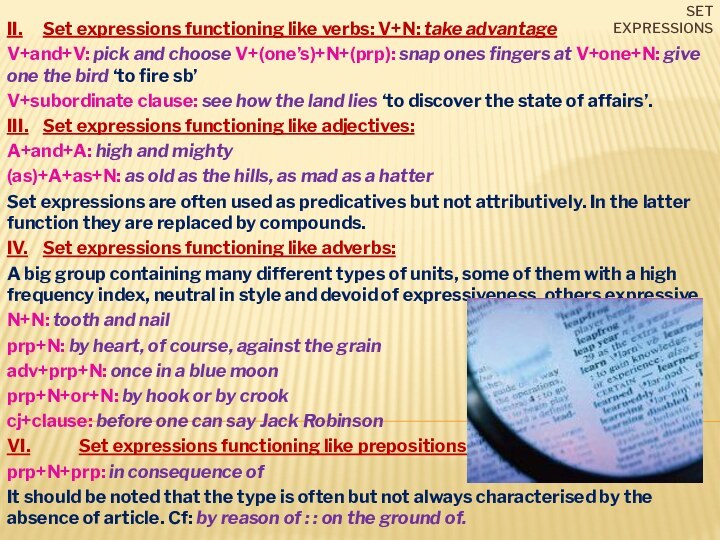
advantage
V+and+V: pick and choose V+(one’s)+N+(prp): snap ones fingers at
V+one+N: give one the bird ‘to fire sb’
V+subordinate clause: see how the land lies ‘to discover the state of affairs’.
III. Set expressions functioning like adjectives:
A+and+A: high and mighty
(as)+A+as+N: as old as the hills, as mad as a hatter
Set expressions are often used as predicatives but not attributively. In the latter function they are replaced by compounds.
IV. Set expressions functioning like adverbs:
A big group containing many different types of units, some of them with a high frequency index, neutral in style and devoid of expressiveness, others expressive.
N+N: tooth and nail
prp+N: by heart, of course, against the grain
adv+prp+N: once in a blue moon
prp+N+or+N: by hook or by crook
cj+clause: before one can say Jack Robinson
VI. Set expressions functioning like prepositions:
prp+N+prp: in consequence of
It should be noted that the type is often but not always characterised by the absence of article. Сf: by reason of : : on the ground of.
Слайд 15
Set expressions
VI. Set expressions functioning like interjections:
These are often
structured as imperative sentences: Bless (one’s) soul! God bless
me! Hang it (all)!
This review can only be brief and very general but it will not be difficult for the reader to supply the missing links.
The list of types gives a clear notion of the contradictory nature of set expressions: structured like phrases they function like words.
There is one more type of combinations, also rigid and introduced into discourse ready-made but differing from all the types given above in so far as it is impossible to find its equivalent among the parts of speech. These are formulas used as complete utterances and syntactically shaped like sentences,
such as the well-known American maxim
Keep smiling! or the British Keep Britain tidy.
Take it easy.
